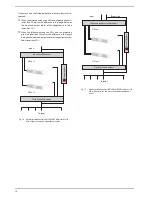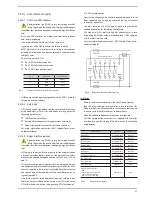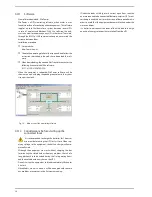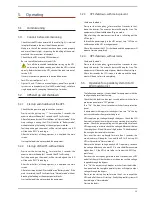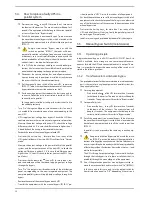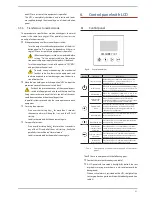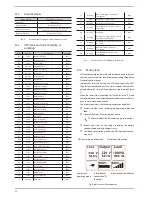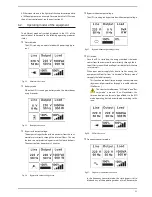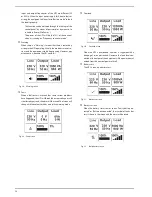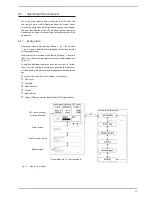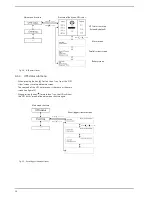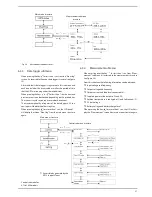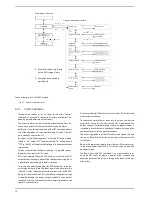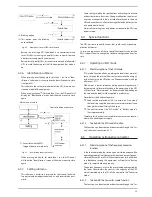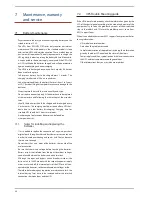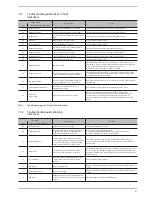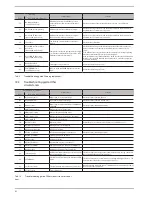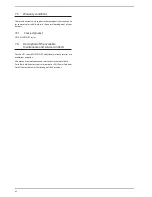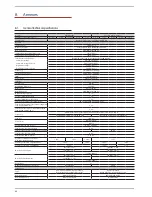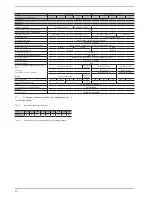
40
7.2.
UPS Trouble Shooting guide
if the UPS doesn't work properly, check the information given by the
lCD of the control panel, according to the models and power of the
equipment. Try to solve the problem by means of the established
steps in the tables 9 and 10. in case the problem persists, consult our
KESS Support-Team.
when it is needed to contact our KESS Support-Team, provide the fol-
lowing information:
• UPS model and serial number.
• Date when the problem occurred.
• Complete description of the problem, including the information
given by the led or lCD panel and the status of the alarms.
• Power supply condition, type of load and the level connected to
the UPS, ambient temperature, cooling conditions.
• other informations that you may think are important.
7. Maintenance, warranty
and service
7.1.
battery maintenance
• Pay attention to the safety instructions regarding battery and the
stated in section 1.2.3.3.
• The UPSs from KESSUPS 91RT series only requires a minimum
maintenance. The used battery in the standard models is lead
acid, sealed, VRlA and maintenance free. These models require
a minimum of reparations. The only requirement is to charge the
UPS regularly, in order to prolong the battery lifetime. Meanwhile,
it is connected to the power supply, never mind if the UPS is on
or oFF, it will keep the batteries charged and will give protection
against overcharging and undercharging.
• The UPS has to be charged once, every 4 or 6 months if it has not
been used for long time.
• in hot areas, battery has to be charged every 2 months. The
charging time has to be 12 hours as minimum.
• Under normal conditions, the battery lifetime is from 3 to 5 years
at 20º C (Eurobat). A higher temperature can cause damage to the
batteries.
• Always replace them with the same quantity and type.
• Do not replace one battery only. All batteries have to be replaced
at the same time and following the instructions of the manufac-
turer.
• Usually, the batteries should be charged and discharged every
4 or 6 months. The charging would be started after a UPS shut-
down due to a low battery (discharging). Charging time for
standard UPS should be 12 hours as minimum.
• A wide range of replacement batteries can be found on
www.powersets.at.
7.1.1.
notes for installing and replacing the
batteries
• if it is needed to replace the connection of any wire, purchase
original parts through authorised distributors or service centres
in order to avoid overheating and sparks with fire risk because
the size is not enough.
• Do not short the + and - poles of the batteries, there is risk of fire
or electrocution.
• be sure that there is no voltage before touching the batteries.
battery circuit is not isolated from the input. Hazardous voltages
can be found between the battery and earth terminals.
• Although the input and bypass circuit breaker switches (the
last one in 4 to 10kVA models with the respective power supply
mains) are turned off, the internal parts of the UPS are still con-
nected to the batteries, so there are hazardous voltages inside.
Therefore, before doing any reparation or maintenance task, the
internal battery fuses have to be removed and/or the interlink
connections between them and the UPS.

